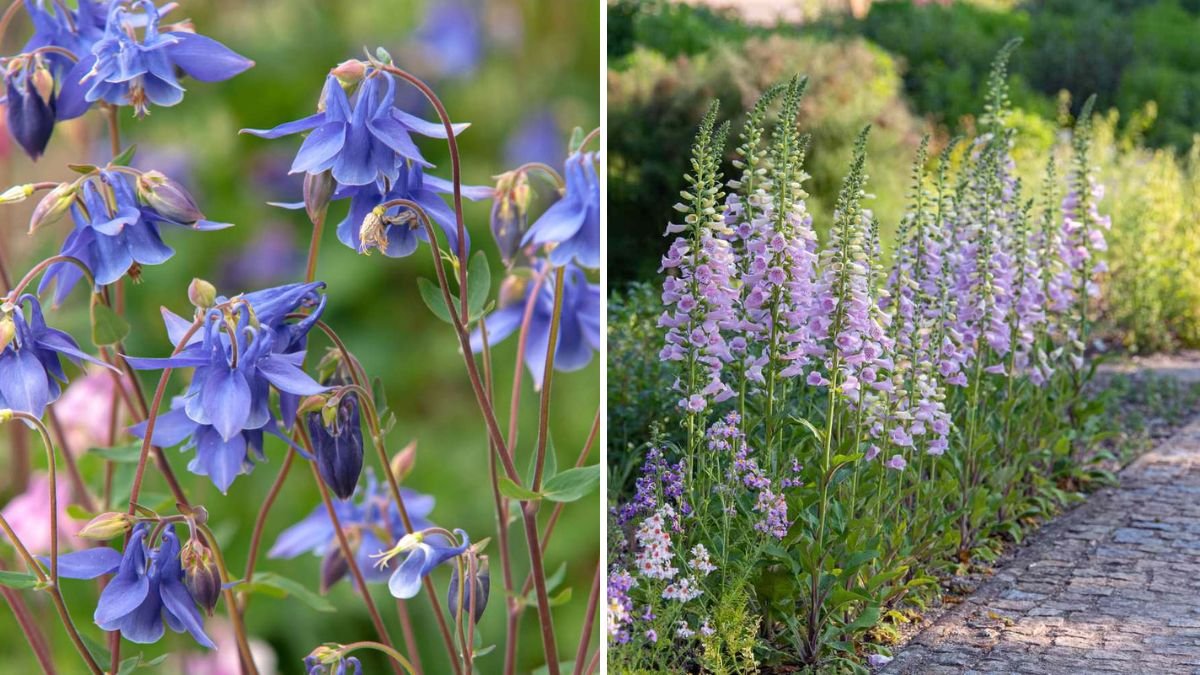Choosing the right flowers for your garden is not just about color, bloom shape, or fragrance—it’s also about understanding each plant’s sunlight requirements. Many gardeners make the mistake of planting sun-loving flowers in areas with limited light, only to watch their plants struggle, wither, or fail to bloom entirely. Full shade, defined as areas receiving less than 2–3 hours of direct sunlight daily, presents a unique challenge for flowering plants. Planting the wrong species in such conditions can result in weak growth, sparse blooms, and overall disappointment. This article explores five popular flowers that should never be planted in full shade, why they fail in low-light conditions, and alternatives to ensure a thriving garden.
Understanding Full Shade Conditions
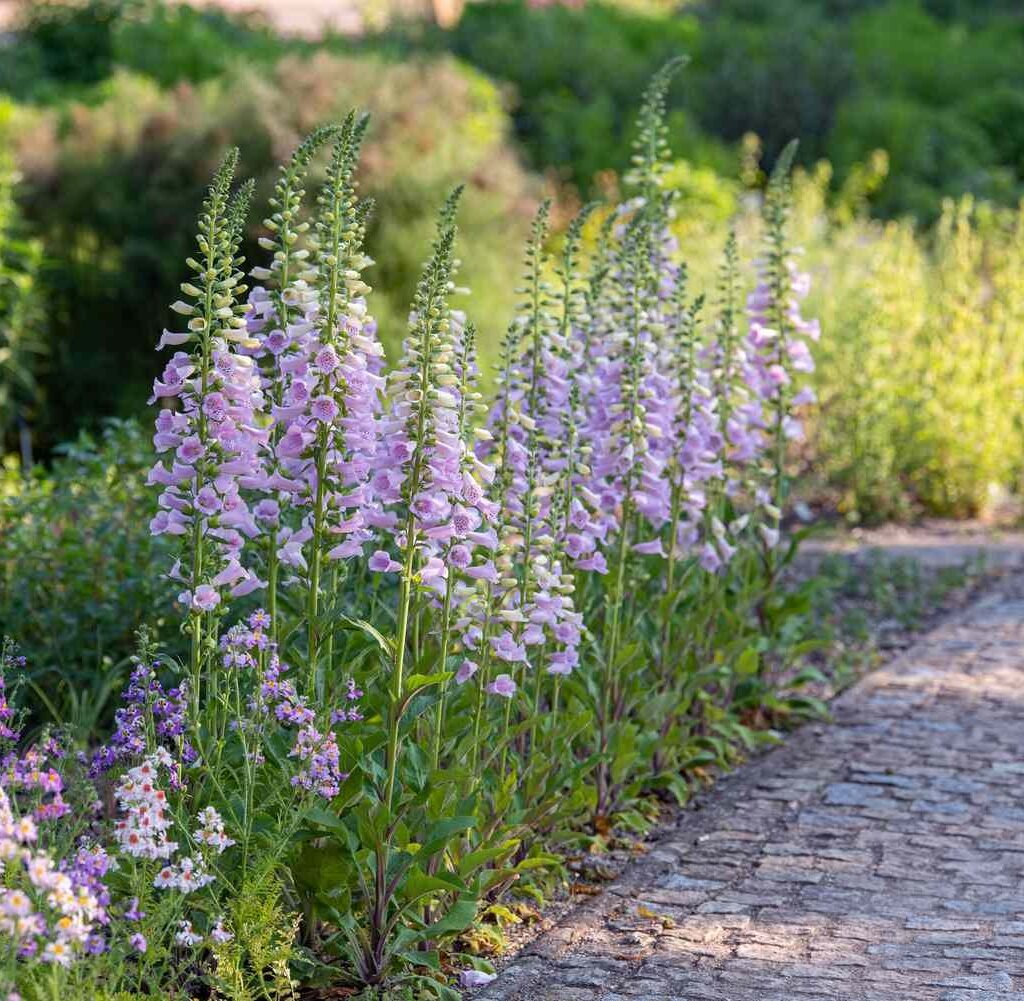
Before exploring which flowers to avoid, it’s essential to define full shade:
- Minimal sunlight: Less than 2–3 hours of direct sun per day, often filtered through trees or structures.
- Low light intensity: Even indirect light may not be sufficient for plants that require bright conditions.
- Cooler microclimate: Shaded areas retain moisture longer and have lower temperatures, which can affect growth.
Full shade favors plants adapted to low-light conditions, such as ferns, hostas, and certain impatiens. Sun-loving flowers, however, rely on photosynthesis at higher light levels to produce energy for blooms. Planting them in full shade compromises their vitality.
Flower 1: Tulips (Tulipa spp.)
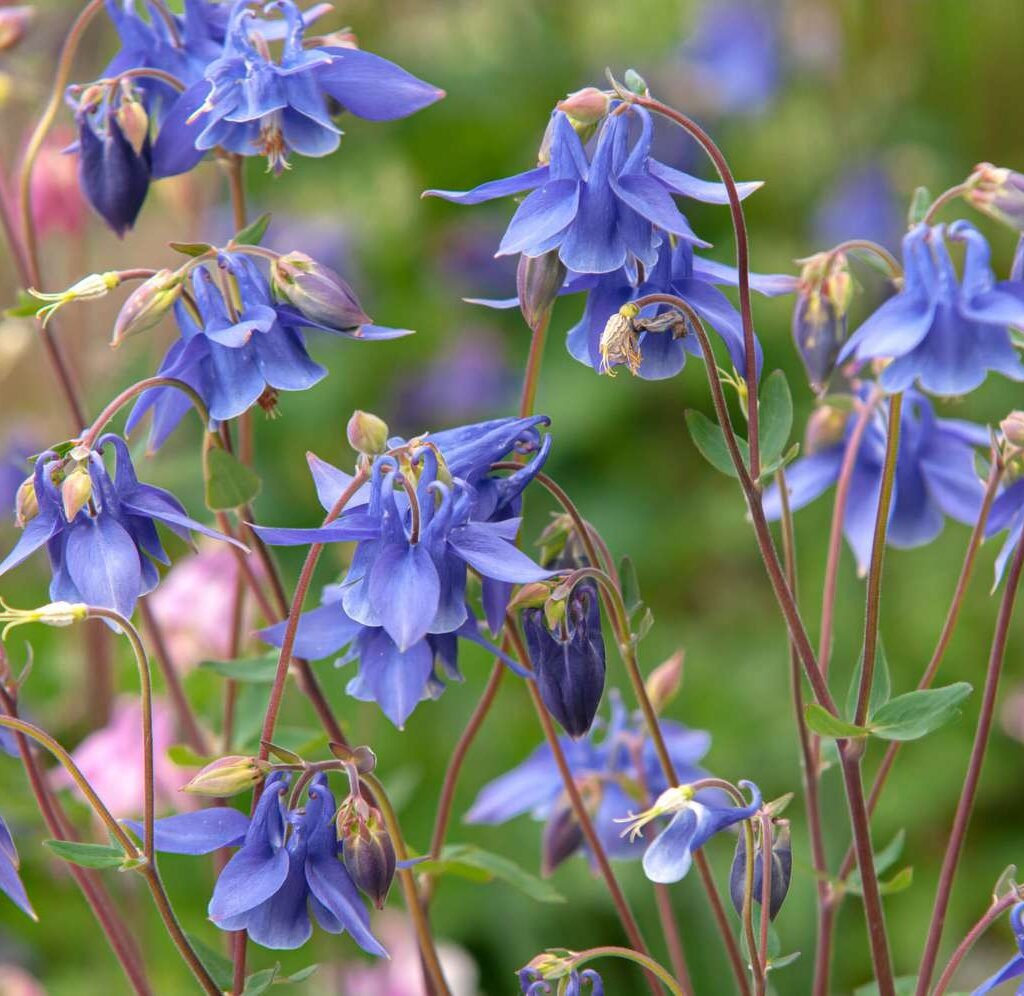
Tulips are iconic spring bulbs celebrated for their vibrant, upright blooms and a wide spectrum of colors.
Why They Fail in Full Shade:
- Insufficient energy: Tulips require bright, direct sunlight to photosynthesize and store energy in their bulbs for next year.
- Weak stems: Low light causes tall, spindly growth, resulting in stems that cannot support blooms.
- Reduced flowering: Bulbs may fail to flower or produce small, pale flowers.
Expert Tip:
- Planting location: Tulips thrive in full sun or partial shade with at least 4–6 hours of direct sunlight.
- Alternative for shade: Try hostas or astilbes, which provide lush foliage and occasional blooms in low light.
Flower 2: Lavender (Lavandula spp.)
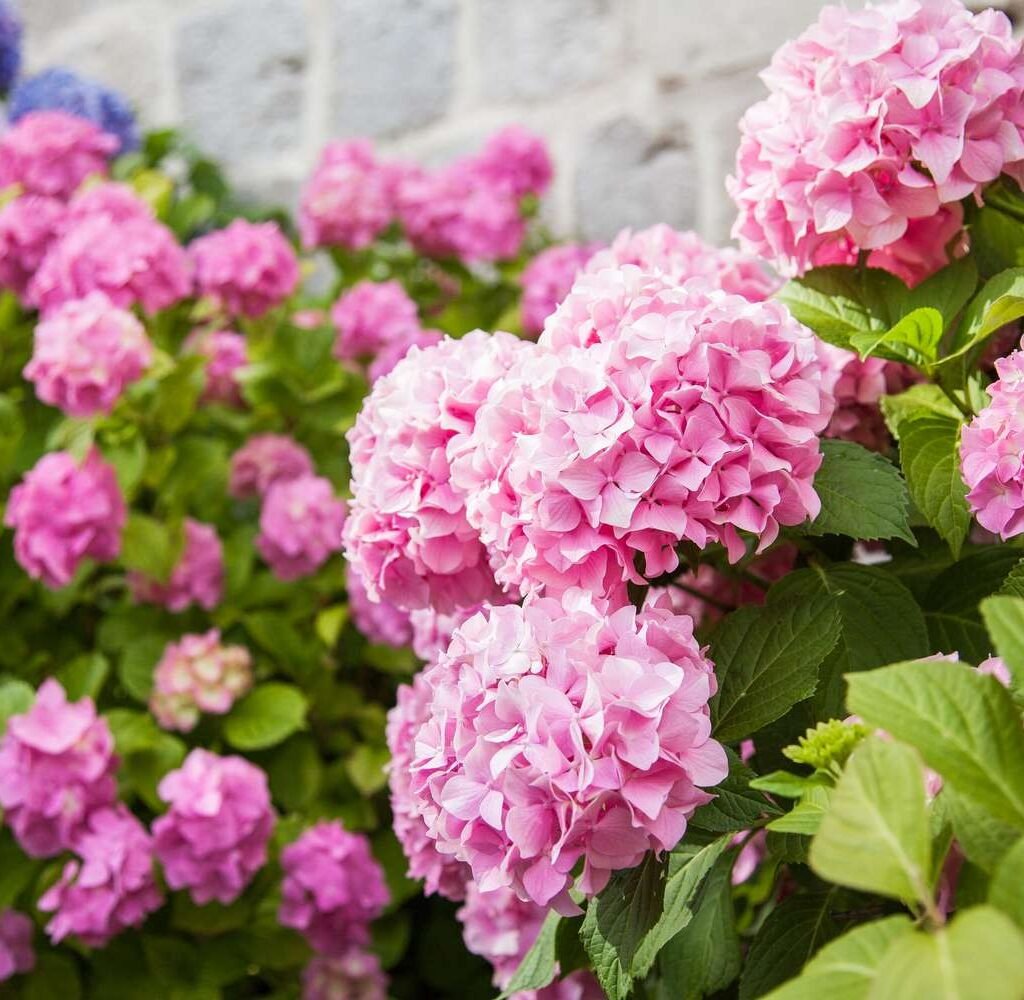
Lavender is loved for its fragrant foliage, spikes of purple flowers, and pollinator-friendly blooms.
Why They Fail in Full Shade:
- Fungal susceptibility: Shaded, damp conditions increase the risk of root rot and powdery mildew.
- Sparse blooms: Lavender requires full sun to develop vibrant flower spikes.
- Leggy growth: Without sufficient sunlight, plants stretch in search of light, becoming weak and unattractive.
Expert Tip:
- Planting location: Full sun for 6–8 hours daily and well-draining soil.
- Alternative for shade: Try lamium or heuchera, which provide interesting foliage and flowers in shaded areas.
Flower 3: Daylilies (Hemerocallis spp.)
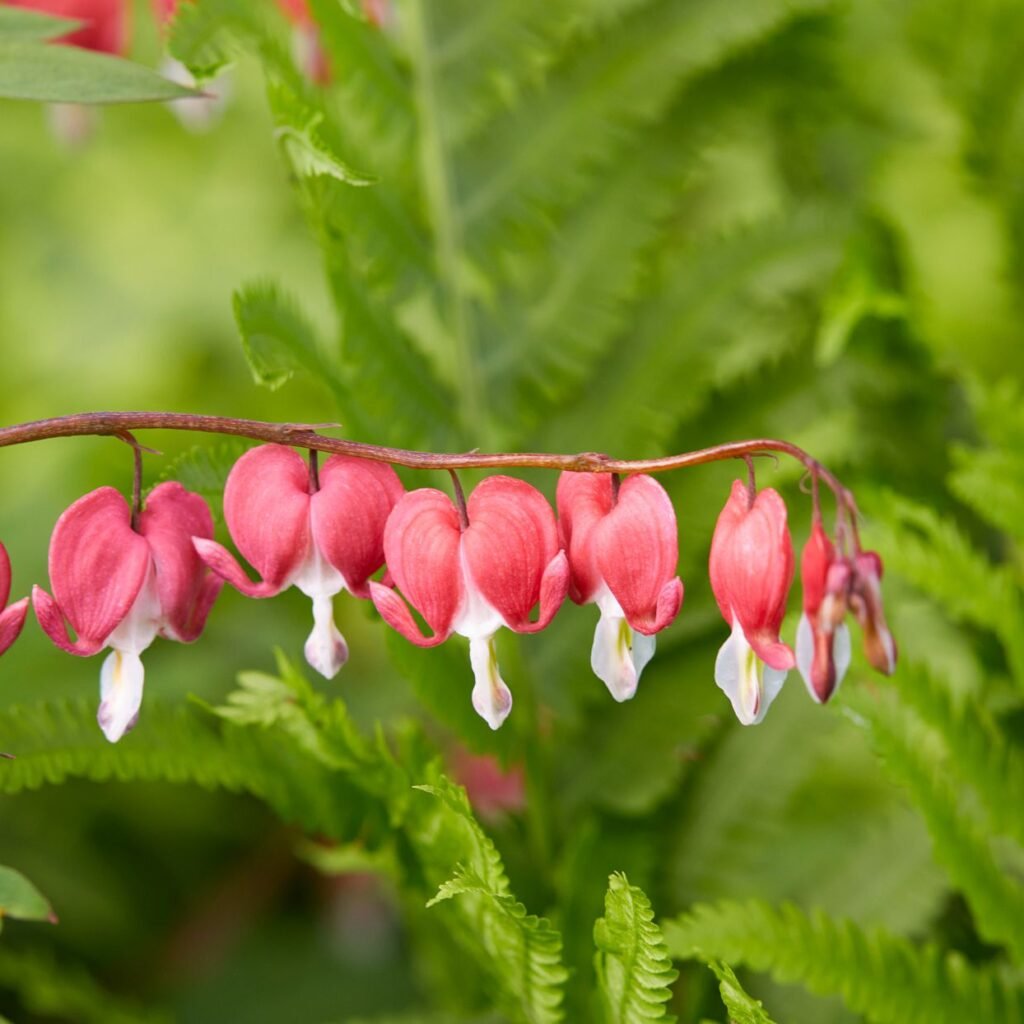
Daylilies are hardy perennials with trumpet-shaped blooms that last a single day but are replaced by successive flowers.
Why They Fail in Full Shade:
- Poor flowering: Daylilies need bright sunlight to produce prolific blooms.
- Weak foliage: Low-light conditions result in thin, pale leaves prone to disease.
- Delayed growth: Plants may not establish properly and will produce fewer flowers each season.
Expert Tip:
- Planting location: Full sun or light shade with at least 4–6 hours of sunlight.
- Alternative for shade: Brunnera or bleeding heart (Dicentra) perform well in shaded spots.
Flower 4: Zinnias (Zinnia spp.)
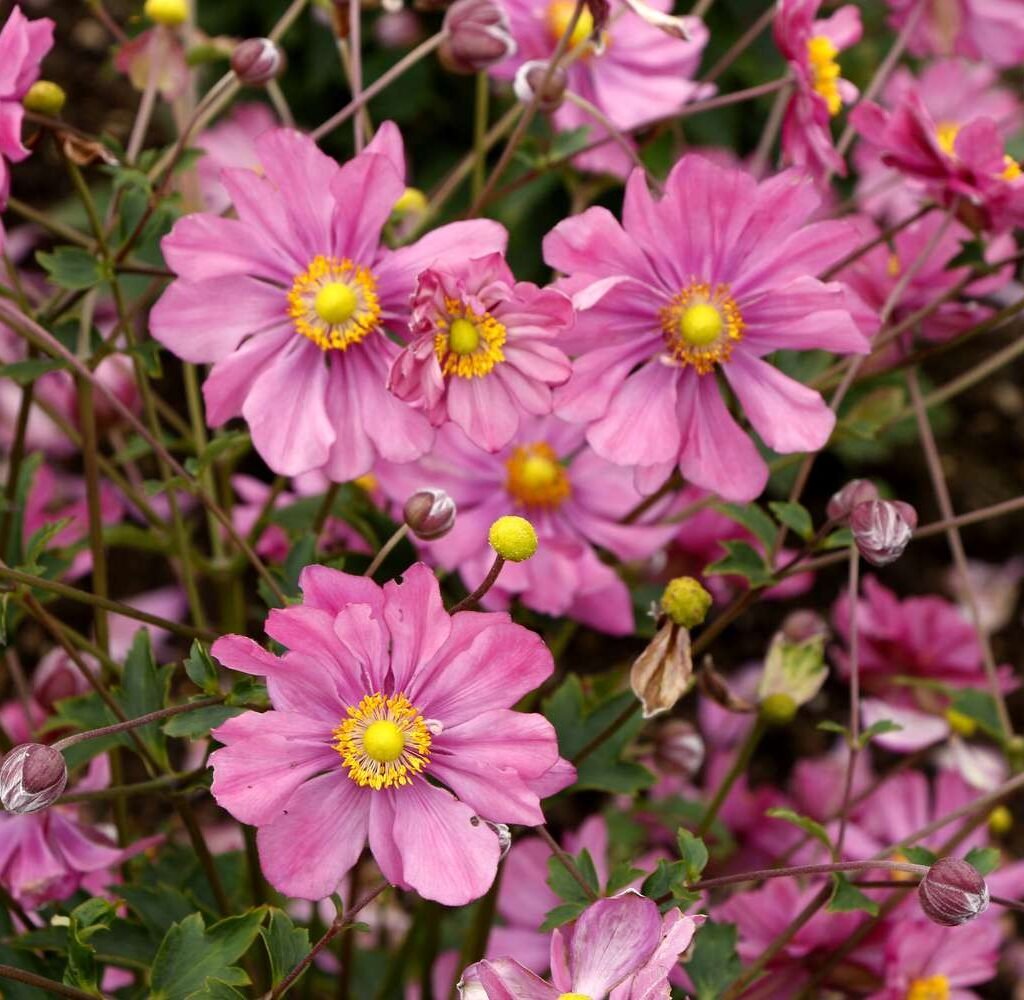
Zinnias are popular annuals known for vibrant colors, long stems, and butterfly-attracting flowers.
Why They Fail in Full Shade:
- Insufficient blooms: Zinnias need bright sunlight to produce dense, vibrant flowers.
- Leggy plants: In low light, stems stretch excessively, causing flopping and poor air circulation.
- Increased disease risk: Shaded, moist conditions can promote powdery mildew and fungal infections.
Expert Tip:
- Planting location: Full sun for at least 6 hours per day.
- Alternative for shade: Impatiens or coleus offer vivid color and thrive in shady areas.
Flower 5: Coneflowers (Echinacea spp.)
Coneflowers are perennial favorites with daisy-like flowers, attractive to pollinators, and hardy across many climates.
Why They Fail in Full Shade:
- Sparse flowering: Lack of sunlight reduces energy production, resulting in fewer blooms.
- Weak stems: Flowers may flop or fail to stand upright.
- Susceptibility to fungal issues: Shaded conditions with poor airflow increase the risk of powdery mildew.
Expert Tip:
- Planting location: Full sun with at least 6 hours of sunlight per day.
- Alternative for shade: Toad lilies (Tricyrtis) or hydrangea varieties offer color and interest in low-light areas.
General Principles for Shady Gardens
While certain flowers fail in full shade, gardeners can design beautiful, low-light gardens by following these principles:
- Know your light zones: Map your garden areas as full sun, partial sun, partial shade, or full shade to guide plant selection.
- Choose shade-adapted plants: Plants like ferns, hostas, caladiums, astilbes, and impatiens flourish in minimal sunlight.
- Monitor soil moisture: Shaded areas retain moisture longer; overwatering is a common problem.
- Use foliage for color: Shade gardens can be visually dynamic through leaf color, texture, and shape, rather than relying solely on flowers.
- Consider seasonal blooms: Choose plants with staggered blooming times to maintain year-round visual interest.
By respecting each plant’s sunlight requirements and selecting shade-tolerant varieties, gardeners can avoid disappointment and create thriving, beautiful gardens.
How to Fix Mistakes in Shady Areas
If sun-loving flowers have already been planted in full shade:
- Relocate the plants: Dig up bulbs or seedlings and move them to sunnier locations.
- Amend soil: Improve drainage to prevent fungal problems in areas that must remain shaded.
- Supplement light: Consider reflective surfaces, light-colored walls, or artificial grow lights for small shaded plots.
- Use shade-loving companions: Replace struggling flowers with species adapted to low light.
Correcting placement ensures plants reach their full potential and prevents wasted effort.
Conclusion
Planting the right flowers in the right environment is essential for garden success. Tulips, lavender, daylilies, zinnias, and coneflowers are all sun-loving species that should never be planted in full shade. Doing so can lead to leggy growth, poor blooms, fungal diseases, and overall disappointment. By understanding sunlight requirements, choosing shade-tolerant alternatives, and implementing proper garden design principles, gardeners can create thriving, vibrant landscapes that succeed even in challenging low-light areas.
A well-planned garden considers both aesthetic appeal and plant biology, ensuring that every bloom flourishes in its optimal environment. By avoiding these common mistakes and making informed plant choices, gardeners can enjoy stunning flowers, robust growth, and a healthy, resilient garden throughout the growing season.
